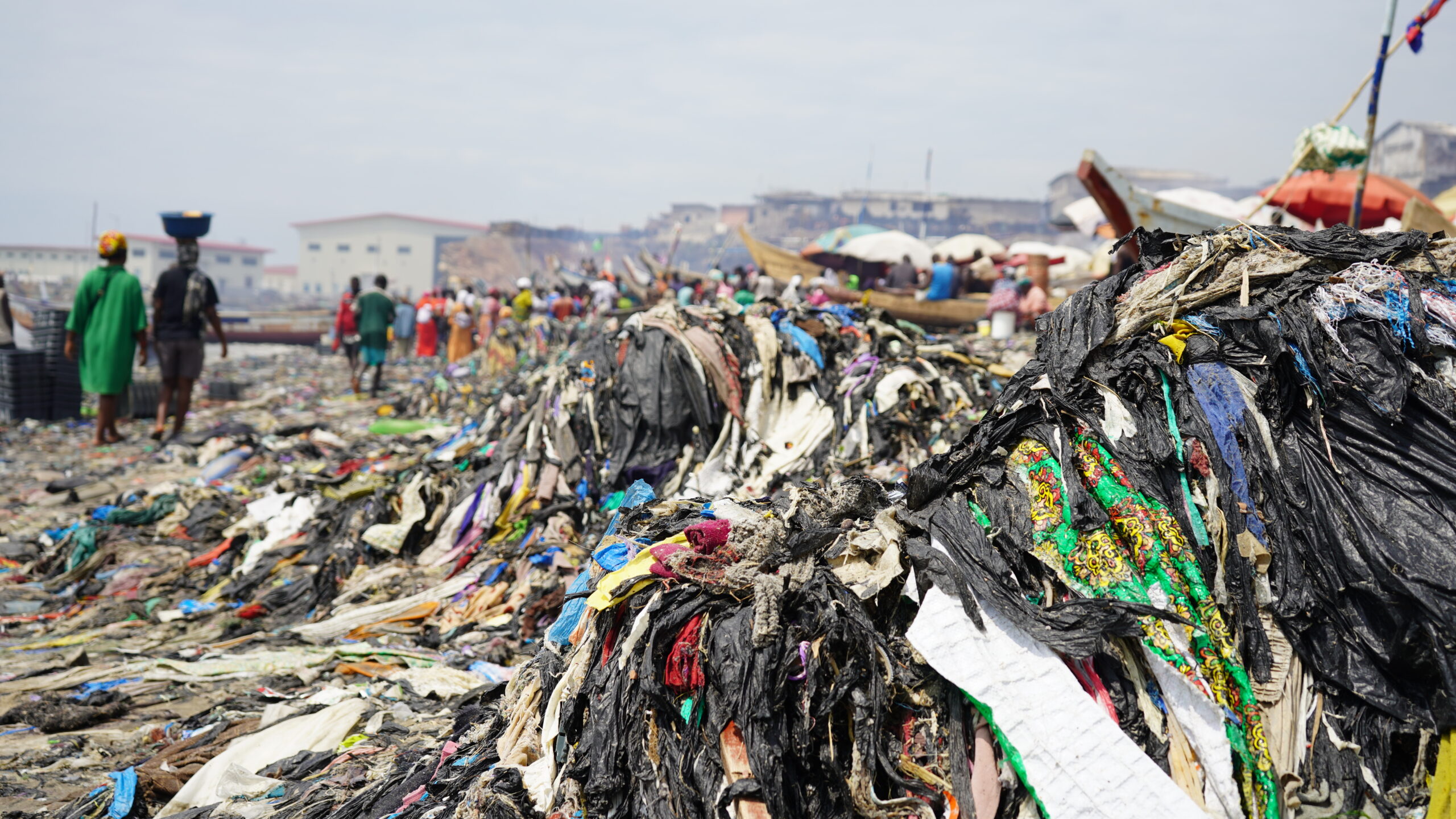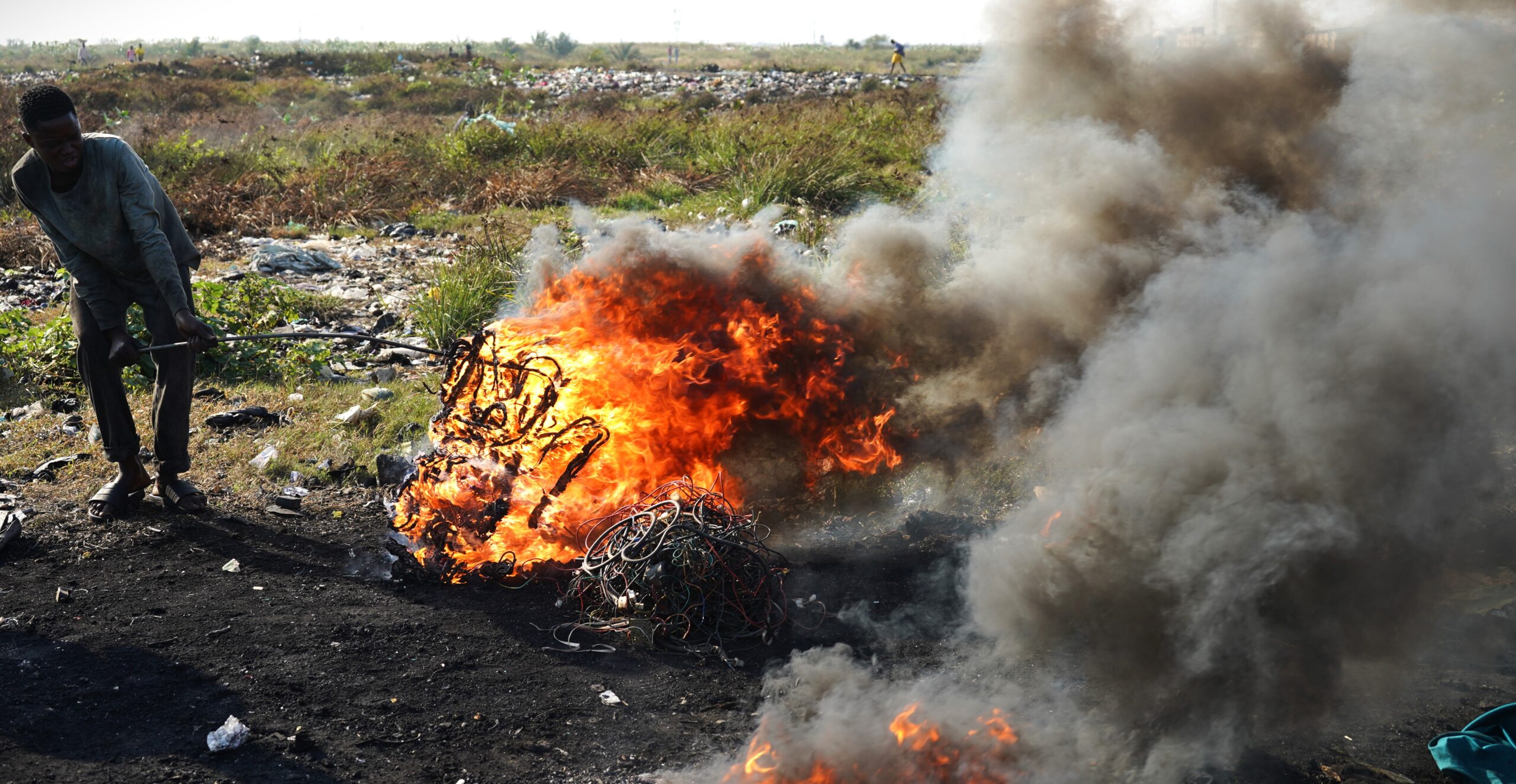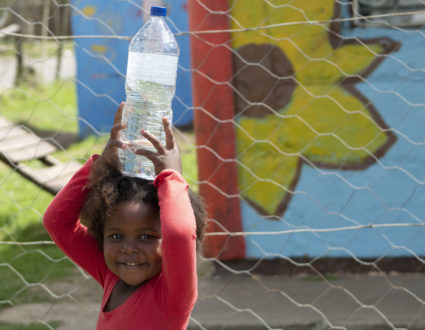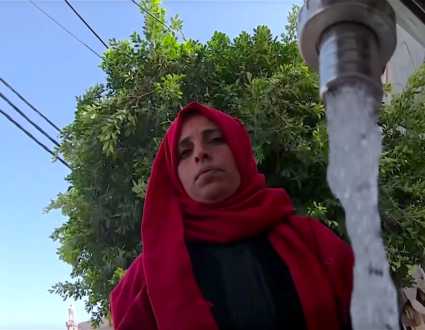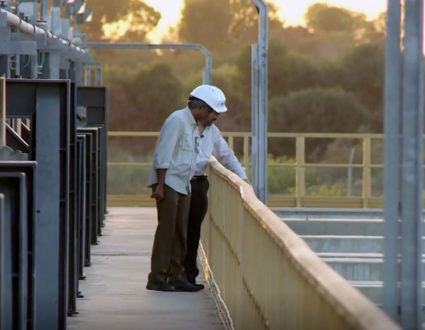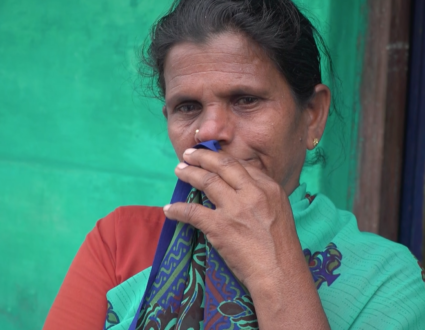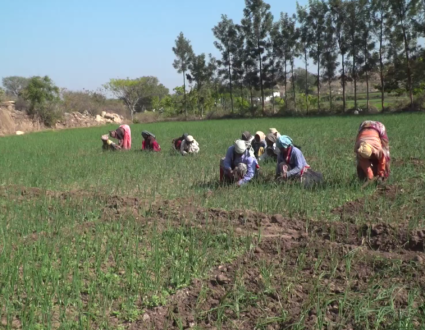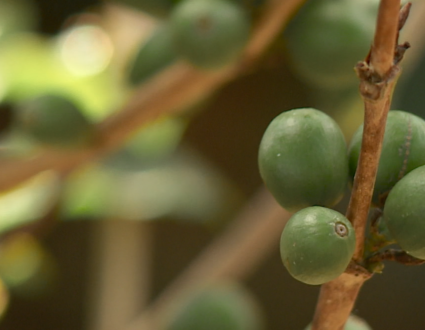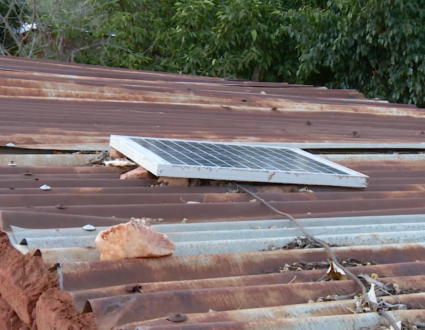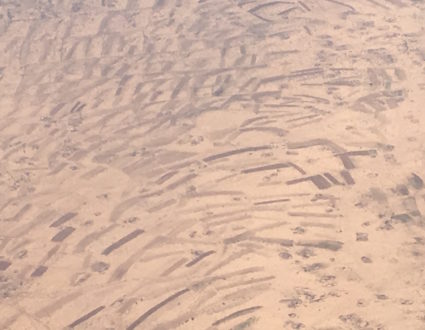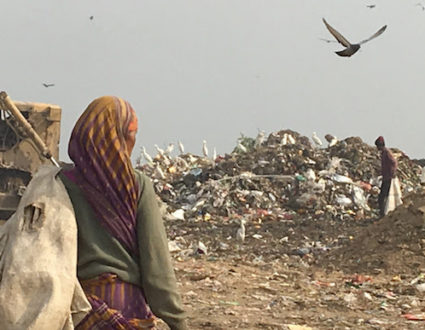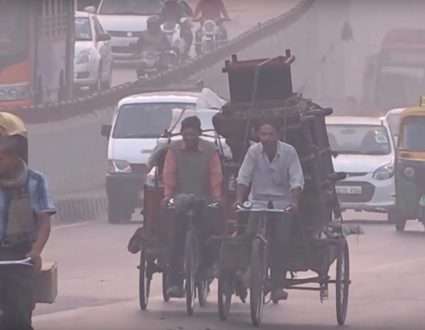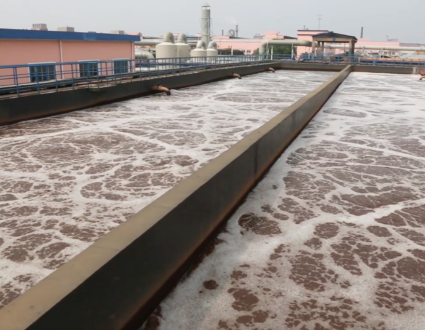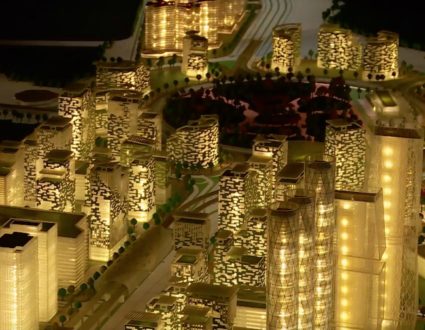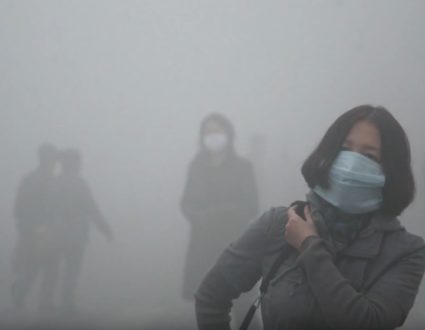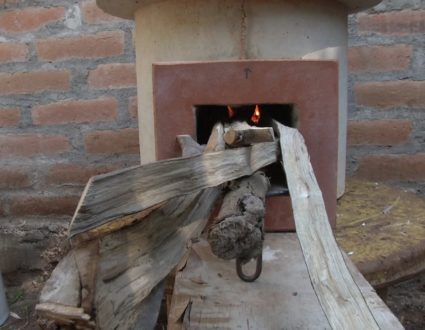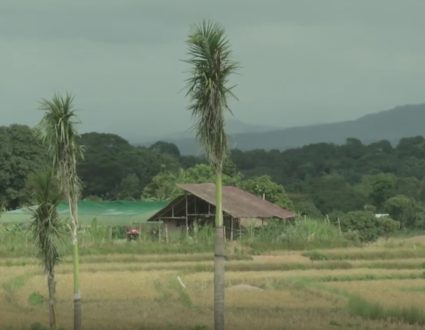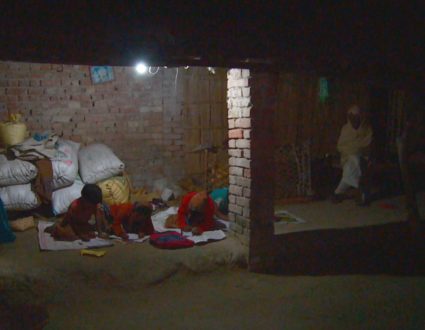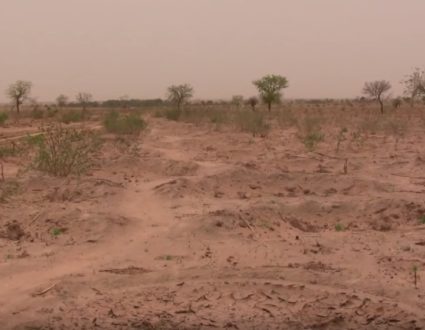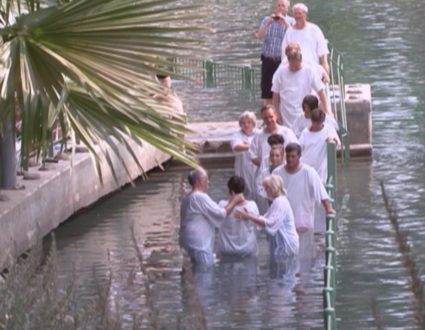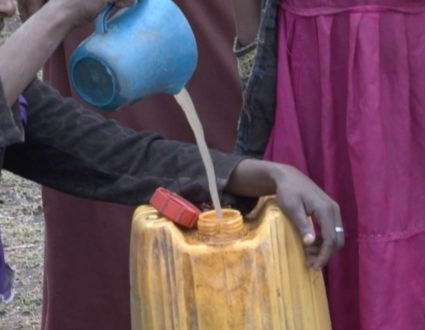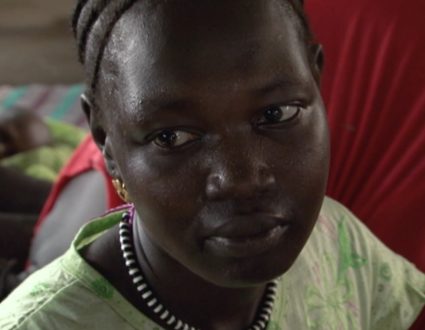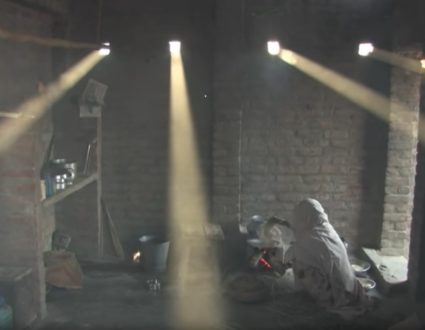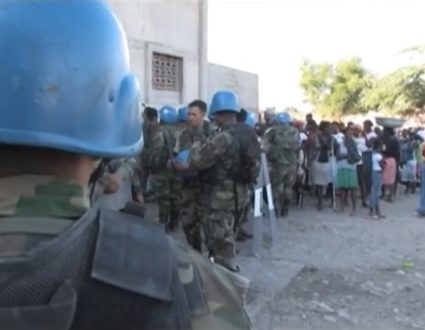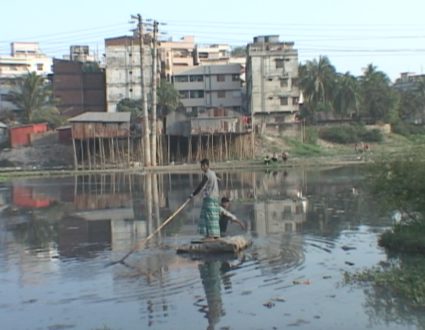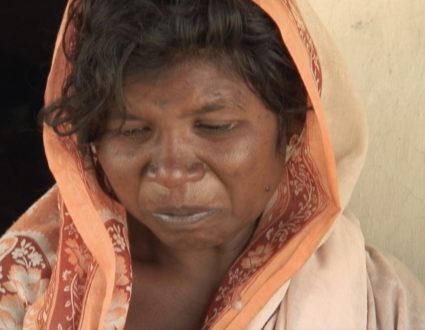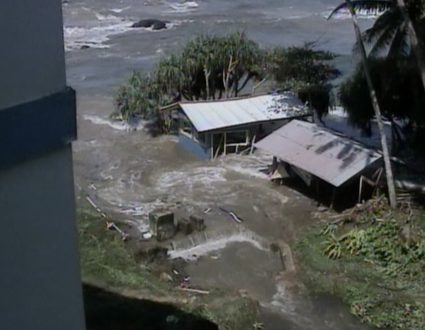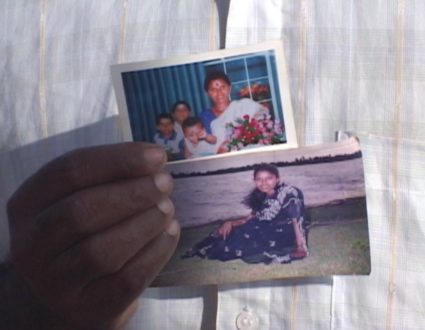- Geoff Bennett:Pakistan is struggling to recover from last year’s cataclysmic flooding that killed more than 1,700 people. It was the latest in a string of weather-related disasters the country has faced over the past two decades, prompting calls to make hard-hit areas more resilient as they rebuild.Fred de Sam Lazaro reports on one woman’s effort across the flood-ravaged Sindh Province.This story is produced in partnership with the Pulitzer Center and part of Fred’s series Agents for Change.
- Fred de Sam Lazaro:On a recent morning here in rural Sindh Province, workers, including residents of Pano (ph), a model village, were building bamboo frames for construction.The need for durable shelter is overwhelming in a country still grappling with an enormous rebuilding effort. Last year’s unrelenting rains wiped away hundreds of thousands of mud huts across rural areas. Standing water still covers acres of land once home to villages of mostly sharecroppers and farm laborers.The village of Pano and 12 others are the brainchild of globally acclaimed architect Yasmeen Lari, the first female to qualify as an architect in Pakistan; 82-year-old Lari has won several awards in a career that focused at first on designing modern buildings, like the Finance and Trade Center in Pakistan’s commercial capital, Karachi.
- Yasmeen Lari, Architect:You must about the architect that we’re all trained to control everything, nothing should be different from what we have decided, what we design.And here was a different way of working altogether, where you have to lose your ego.
- Fred de Sam Lazaro:In retirement, she found her calling at the intersection of architecture and social justice, she says, beginning with the devastating 2005 earthquake in Kashmir, where she planned to spend three months doing relief work.
- Yasmeen Lari:While it didn’t quite work out that way. I found there was plenty to do there.
- Fred de Sam Lazaro:Her focus shifted with the urgent need for structures that can be built quickly and sustainably in a country slammed in recent years by extreme climate events, moving away from concrete and steel, and using more local low-carbon and low-cost materials.
- Yasmeen Lari:When I was a practicing architect, I built some huge, monster buildings with a lot of concrete and steel.And I found that 40 percent of carbon emissions are because of the conventional construction.
- Fred de Sam Lazaro:Among her signature projects is this pedestrian-only street in the heart of Karachi, emphasizing green space and terra-cotta tile, which drain rainwater much faster than the usual concrete.
- Yasmeen Lari:Concrete is the worst thing, because everything becomes totally impervious.
- Fred de Sam Lazaro:For mass shelter projects, she found a game-changing substitute in lime, an abundant mineral that, mixed with traditional mud, becomes stable and water-resistant, she says.
- Yasmeen Lari:I found it was an absolutely miracle material, because it stabilized the earth completely and could last for years if you submerge it in water. And we have tested that.
- Fred de Sam Lazaro:Lari’s structures incorporate climate-smart design and materials with traditional ones. The key is to build on higher ground, add a short platform for additional protection from floodwaters, and use a sloped, thatched roof.
- Yasmeen Lari:It’s made out of eight prefab panels. And then it has a structure, a roof which is like an umbrella. So, there’s a huge amount of air movement. So it’s very comfortable inside.My own dream is really that if I could just save people from displacement, if they could be just these structures which will make sure that people can stay in them.
- Fred de Sam Lazaro:About five million Pakistanis remain without permanent shelter. And the goal here is to not just build homes for people, but to train local residents to do it themselves.The hope is that this know-how can then be transferred village to village, creating not just sustainable homes, but also jobs.And, Lari says, she’s trying to make sure residents can make something to sell, which has allowed many to emerge from extreme poverty. The reason she credits for this success?
- Yasmeen Lari:Well, I managed to get women mobilized to do things, and I found that I could get the results very quickly.
- Fred de Sam Lazaro:Much of that entrepreneurship is around cleaner cookstoves.Champa Kanji learned to build these stoves, or chulhas, several years ago. Now she earns a living building them and training others in neighboring villages.
- Champa Kanji, Model Village Resident (through translator):My husband joined me, and we’d go around to villages, and we would make between eight and 10 chulhas in a day. We were earning a good wage. Now I hope that it will spread more widely.
- Fred de Sam Lazaro:The stoves range from the simple to very customized, like this demonstrator model in Pano village.For women like Dhani, who uses one name, it’s made preparing the family meal far less burdensome.
- Dhani, Model Village Resident (through translator):The new stoves are very nice. There’s less smoke in your face, and it’s much safer for the children.
- Yasmeen Lari:Suddenly, women’s postures changed, because, earlier, they were crouching on the floor, on the ground. And, suddenly, every woman’s back was erect. Suddenly, she was proud, as if she was sitting on a throne.And women are in the lead in everything that I’m doing. And once they’re strong and confident, I think they will make it — they will bring about a change. And we have got to bring about a change. We can’t go on like this.
- Fred de Sam Lazaro:More immediately, Dhani, husband Khumo and the 100 other families here say they’re grateful their village literally was an island during the recent floods.
- Khumo, Model Village Resident (through translator):Because we are higher, we were safe. People in other villages had to run to the roadways because they were lower down. And the water just drained off the roof, away from the house.The water in the old place would come into the house and collapse it.
- Fred de Sam Lazaro:It’s not just homes, but also schools that were wiped out in the floods. And Lari hopes to build thousands of them in the years ahead. And she’s raising funds to meet the goal of a million homes in the next two years.For the “PBS NewsHour,” this is Fred de Sam Lazaro near Hyderabad, Pakistan.
- Geoff Bennett:That is remarkable. Who knew that bamboo and lime could make a sturdier home than concrete?
- Amna Nawaz:I know.And I also love the idea that a simple innovation like those chulhas, or the stoves, can completely transform a family’s life, an entire community. Remarkable.
- Geoff Bennett:Absolutely, yes.And we should mention that Fred’s reporting is a partnership with the Under-Told Stories Project at the University of St. Thomas in Minnesota.
Rebuilding and Preparing
Can climate smart homes resist the next flood?
Pakistan is struggling to recover from last year’s cataclysmic flooding that killed more than 1,700. It was the latest in a string of weather-related disasters the country has faced over the past two decades, prompting calls to make hard-hit communities more resilient as they rebuild. This report comes from the flood-ravaged Sindh province, in partnership with the Pulitzer Center.


